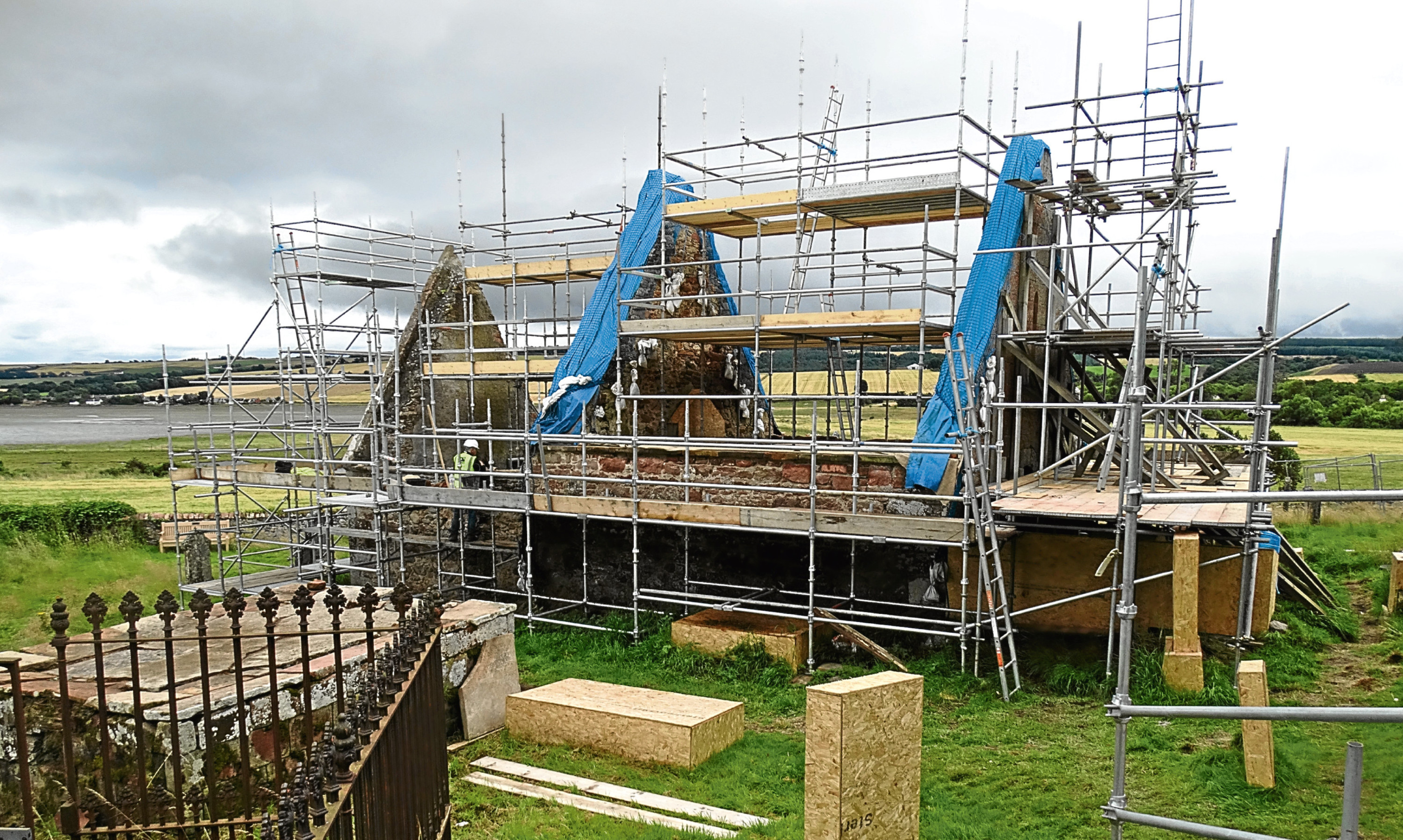The Black Isle is one of Scotland’s bread baskets – rich, fertile land so called, some say, because of its temperate climate. When the rest of Scotland is white with winter snow it sidesteps the Black Isle, whose fields are snow-free and black.
We – the Doyenne and me plus Inka too, of course – have spent the last week house-sitting for son Robert and his family, who have been in Tiree – one of these staycations that are all the rage at the moment.
Without wanting to sound in any way ungrateful for past hospitality, we looked forward to having the house to ourselves and doing whatever we wanted to do, whenever we wanted.
However, the weather rather got in the way and spoiled our best-laid plans.
We experienced several micro climates on our journey to the Isle, which isn’t an island at all. But we expected these as we left the low plain of the Mearns and drove over Cairn o’ Mount and climbed through Aberdeenshire to cross the Lecht’s high summit.
Once in Donside, the variation in the seasons was obvious. The silage has all been made at home but they were only just starting to cut it at the higher altitude.
We didn’t expect to see an elderflower bush at the roadside still covered in frothy white heads of blossom. It has long died on the bushes at home and the elderberries are well formed and showing a hint of purple.
Combining had started before we left home. I had it in my mind that the harvest started early in the Black Isle but there is still a tinge of green on the chequerboard of ripening barley and wheat fields stretching in every direction. The bread basket name is very well-earned.
We’ve taken the opportunity to explore roads we hadn’t been on before and found the old Kirkmichael Kirkyard and medieval church, which is being restored by the Kirkmichael Trust (www.kirkmichael.info)
The old kirk had fallen into dangerous disrepair and might have collapsed altogether had interested locals not come together to save it.
Ancient gravestones representing the best of medieval carving and art were found hidden and even buried in the undergrowth and that may have helped protect and preserve their stonework.
Work is being carried out by restoration and conservation contractors LTM Group, Stirling and the building will shortly be reroofed.
By early next year the trust expects to be able to open a heritage centre displaying the lost memorials. We look forward to visiting it next time.
The burial ground is still in use and overlooks the head of Udale Bay and the RSPB reserve.
A recently-erected gravestone caught my imagination. Just a plain stone slab some 5ft high and 18in wide with a saucer-sized hole near the top – a window into the soul perhaps? Carved round the hole is the inscription “Just listening to curlews”.
I’ve written about the abundance of the bay’s seabirds and waders. Here was a man after my own heart, surely, and now he has a lifetime of eternity to listen to the haunting coor-lee calls, with their sharp second note and the bubbling courtship trills of his beloved whaups.
Plans to visit Urquhart Castle beside Drumnadrochit on Loch Ness-side were scuppered by the weather – I think we must be fair weather tourists.
Also, it had been more than 20 years since we had driven along the loch and I hadn’t taken into account just how busy and changed it would be.
A quick executive decision and we turned west out of Drumnadrochit into Glen Urquhart, heading for Strathglass, though it would have been a much more interesting drive if the mountain tops hadn’t been shrouded in Highland mist.
After Cannich, the road runs alongside the River Glass, which rises in Glen Affric as the River Affric.
After some nine miles, the Glass joins the River Farrar to become the River Beauly, which flows into the Beauly Firth. All rather confusing.
Strathglass is traditional Chisholm country. After the debacle of the Battle of Culloden, the fugitive Bonnie Prince Charlie was joined by the Seven Good Men of Glenmoriston, who became his trusted bodyguards until he could eventually make his escape back to France.
Three of the seven were Chisholms and they all swore among themselves “That their backs should be to God and their faces to the Devil; that all the curses the Scriptures did pronounce might come upon them and all their posterity if they did not stand firm to help the prince in his greatest danger”.
Strong stuff but they didn’t believe in half measures in those days. And neither they, nor anyone who knew of the prince’s whereabouts from time to time, were tempted to betray him for the £30,000 reward (about £4.5 million these days) offered by the Hanoverian government.
By a historical coincidence, the Parish and Kirk of Kirkmichael has an ancient association with the Urquharts, who owned extensive estates in the area in the 17th and 18th Centuries.
